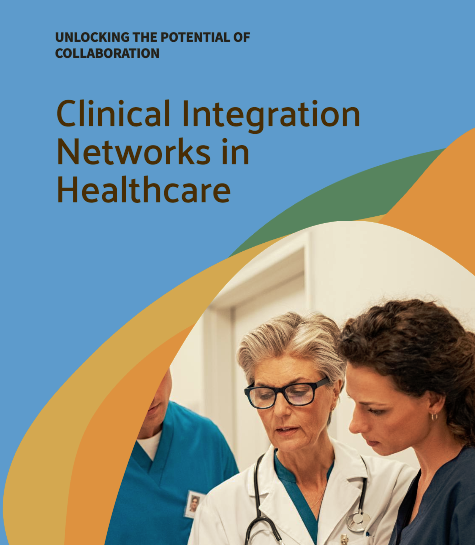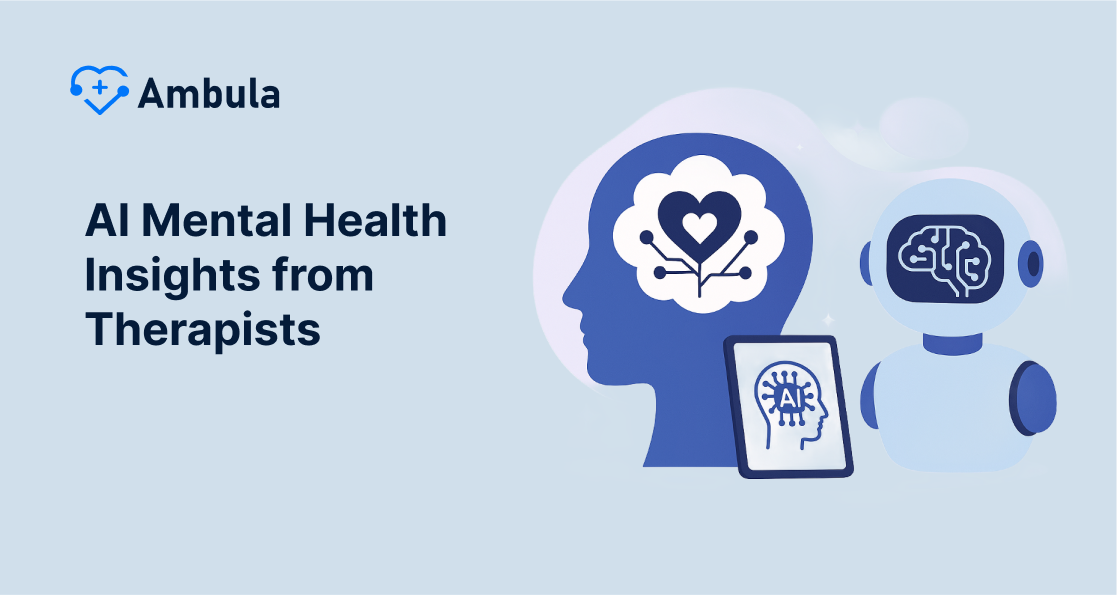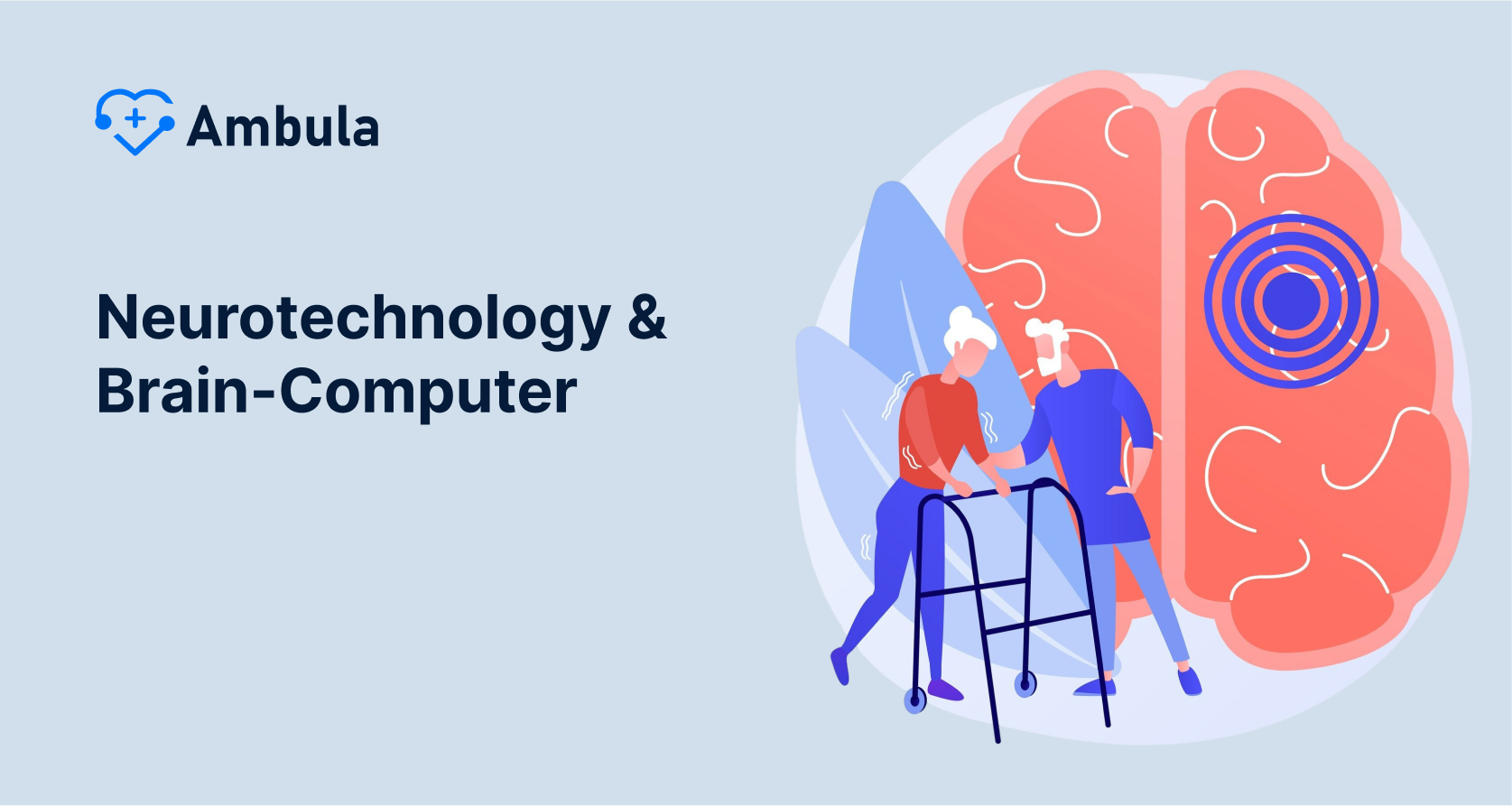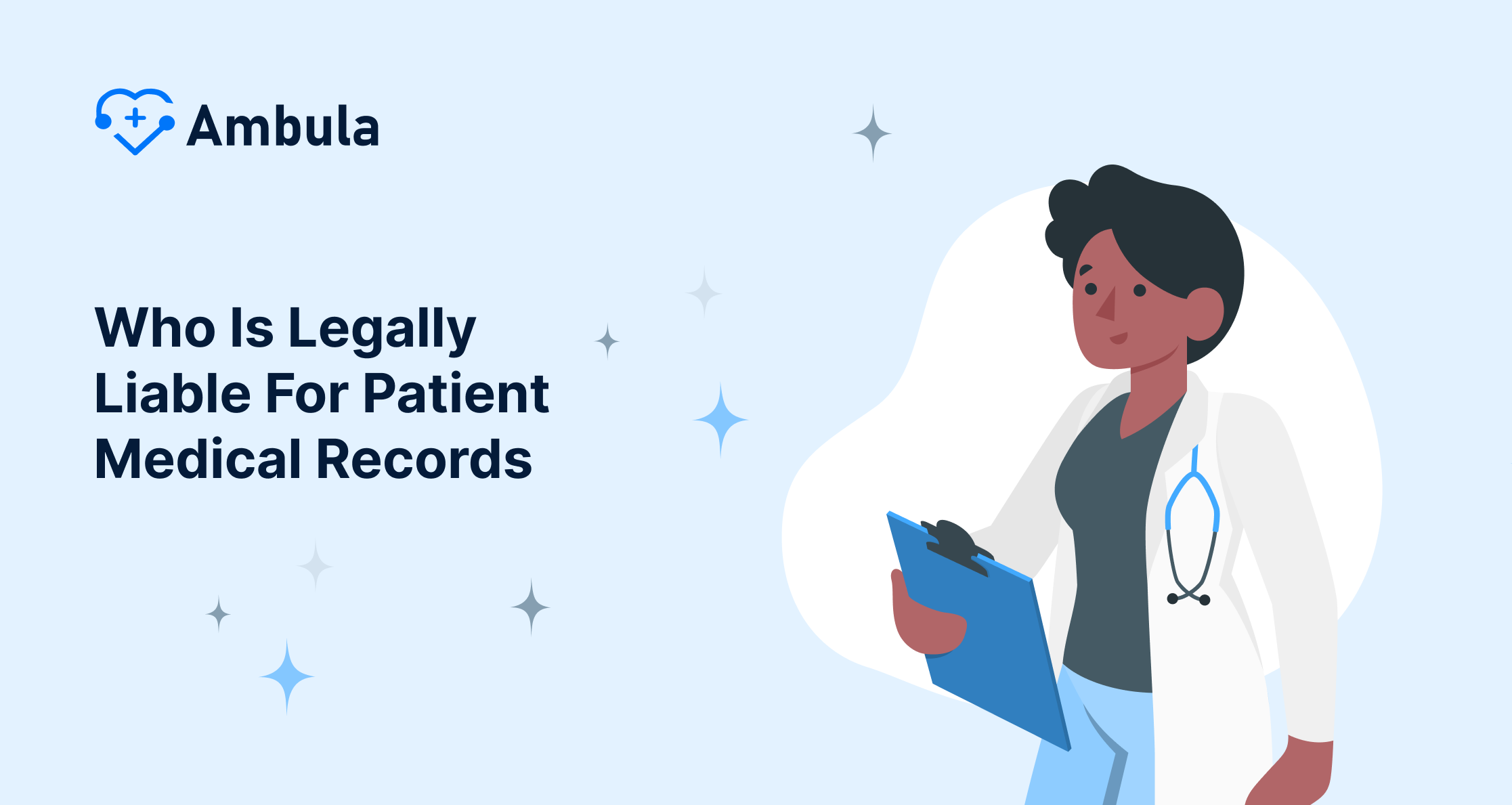
Clinical integration networks (CINs) have emerged as a transformative concept in an ever-growing healthcare sector. From enabling coordination between healthcare providers to driving improved patient outcomes, CIN organizing structures play a pivotal role. CINs are the backbone of modern healthcare, playing a crucial role in patient care, from improving care quality to enhancing overall patient experience. To fully capture the essence of CINs, it becomes necessary to deconstruct the elements that contribute to their effectiveness.
Table of content
- Clinical Integration Networks: An Overview
- Health System Subsidiaries and Independent Practice Associations
- The Role of Care Organizations and ACOs
- The Significance of Interoperability
- Impacting the Patient Experience
- Strengthening Accountability Through CINs
- Payer Reimbursements and Data Management
Clinical Integration Networks: An Overview
Clinical Integration Networks (CINs) represent a unique and innovative organizational model in healthcare. The intention behind a CIN is to bring together various healthcare providers for synchronized patient care. CINs act as a network, closely interlocking different constituents such as hospitals, physicians, and other healthcare providers. Think of it as a well-woven fabric where each thread symbolizes a particular healthcare constituent. When these threads come together harmoniously, they form a robust and unified fabric – the Clinical Integration Network.
The primary benefit of these CINs is their ability to streamline patient care. Under traditional healthcare structures, patient care could often be disjointed, with various providers working in silos. This fragmented approach had the potential to cause communication gaps, procedural delays, and inconsistencies in care. However, with the introduction of CINs, there is a more harmonic approach to patient care. Multiple healthcare providers work together within an integrated system, fostering seamless care pathways and congruity in the care administered.
Health System Subsidiaries and Independent Practice Associations
Health System Subsidiaries are the larger entities that own or operate several healthcare institutions like hospitals, clinics, and sometimes even research centers. Due to their large operational scale, they have access to extensive resources, both in terms of medical knowledge and physical infrastructure, that smaller, independent institutions may not possess.
Within the structure of a Clinical Integration Network, Health System Subsidiaries act as the pillars of support, helping smaller entities thrive. They disperse their resources across the network, ensuring that even smaller institutions have what they need to provide top-quality patient care. Their role in a CIN is like that of a reliable support system, paving the way for seamless communication and coordination among network parts and bridging existing resource gaps.
On the other hand, Independent Practice Associations (IPAs) are groups of independent physicians or other healthcare providers who negotiate contracts with Health Maintenance Organisations (HMOs) or insurers. In the context of CINs, IPAs play a significant role by providing a structured pathway for administrative tasks and collaborative initiatives focused on improving care quality.
The role of IPAs within a CIN is to foster a strong sense of unity and collaboration among physician partners. They do this by integrating their members towards a shared goal of offering high-quality, cost-effective care. This integration is crucial in a CIN, as it allows for better decision-making and more consistency in patient care under a coherent, shared vision. Without the collaborative input of IPAs, CINs would not be able to achieve the same level of healthcare synergy and patient-focused care.
The Role of Care Organizations and ACOs
Accountable Care Organizations (ACOs) stem from Clinical Integration Networks (CINs). ACOs consist of doctors, hospitals, and other healthcare providers. They collaborate to deliver coordinated care to patients. The model focuses on “accountability.” This means it prioritizes the quality of care over the quantity.
A key principle of CINs is to improve healthcare quality and efficiency. Here, ACOs play a vital role. They enhance healthcare performance by aligning the efforts of physicians, hospitals, and other providers. It’s about isolated care and creating a unified health management plan. This plan shares mutual responsibility and ensures patients receive timely and appropriate care.
ACOs are more than just drivers of high standards and efficiencies. They act as crucial connectors in the complex healthcare tapestry. Functioning as bridges, they tie together the various aspects of healthcare, paving a clear path for patient care coordination. They ensure care from multiple providers is well-coordinated, reducing the chances of errors, repetitive care, and treatment lapses. The coherence that ACOs bring to CINs improves the overall effectiveness of care. This leads to improved patient outcomes and a better patient experience.
The Significance of Interoperability
At its core, interoperability in healthcare refers to the ability of different information systems, devices, or applications to connect in a coordinated manner within and across different health systems or organizations. Interoperability allows health information systems to work together, enabling the seamless exchange and integration of patient data.
In today’s digital era, interoperability has become a non-negotiable element for successful CINs. CINs, by design, involve multiple healthcare providers working together to deliver patient care. This necessitates the constant, frictionless transfer of health information across various systems, institutions, and care settings, and this is where interoperability comes in.
With interoperability, physicians, hospitals, and other healthcare providers within a CIN can instantly access and share critical patient data. This accelerates decision-making, reduces medical errors caused by incomplete patient history, and ensures that every provider in the CIN has the same comprehensive view of the patient’s health status. This unity of information results in effective patient care coordination: no matter where the patient goes within the CIN, their medical history goes with them.
Impacting the Patient Experience
In traditional healthcare, patients had minimal control over their healthcare journey. The coordination between various healthcare providers was often lacking, leading to disjointed care, gaps in communication, and patient frustration. However, with the introduction of CINs, this has changed dramatically.
Now, CINs allow patients greater control and involvement in their healthcare journey. With coordinated services and streamlined communication between healthcare providers, patients are more informed about their healthcare status and are better equipped to make decisions about their care.
This optimization does not stop at enhancing patient autonomy. CINs also facilitate smoother transitions throughout the entire care process – from the initial consultation to the execution of the treatment plan and any required follow-ups. This is because CINs, by design, offer a unified and coordinated healthcare platform involving various healthcare providers. As a result, the transition between these different stages of care becomes seamless and more comfortable for the patient.
Strengthening Accountability Through CINs
The term ‘accountability’ in healthcare refers to shared responsibility. It implies that healthcare providers not only have individual responsibilities towards their patients but are also collectively responsible for the overall health outcomes of their patient population. This concept of ‘accountability’ lies at the heart of why CINs have been transformative to healthcare delivery.
In typical healthcare ecosystems, disparate providers often operate in silos, focusing only on their responsibilities. However, CINs require these separate entities – hospitals, physicians, and other healthcare providers – to work together more cohesively and collaboratively. By design, CINs create a unique environment where each provider is part of a larger care team, and that care team shares collective responsibility for patient outcomes.
This joint approach enhances the quality of care and disseminates the shared goal of achieving excellence in healthcare delivery. When providers work together with a unified objective, it aligns everyone’s efforts and helps to ensure the entire team is working towards the same patient-focused goals.
Payer Reimbursements and Data Management
CINs directly influence payer reimbursements, ensuring smooth resource flow within the network. CINs’ structured procedures help prevent financial bottlenecks that could hinder patient care. Meanwhile, the central role of data management cannot be overstated. Aggregating health data allows for meaningful insights, aids in identifying health trends, and contributes significantly to informed healthcare planning.
Conclusion
In conclusion, Clinical Integration Networks are transformative, changing conventional healthcare structures. By enhancing care quality and optimizing the patient experience, these networks drive a shift towards a healthcare landscape imbued with collaboration and continuous performance enhancement. As holistic forms of care, CINs are more than just a structure – they are the future of efficient and improved healthcare delivery.




